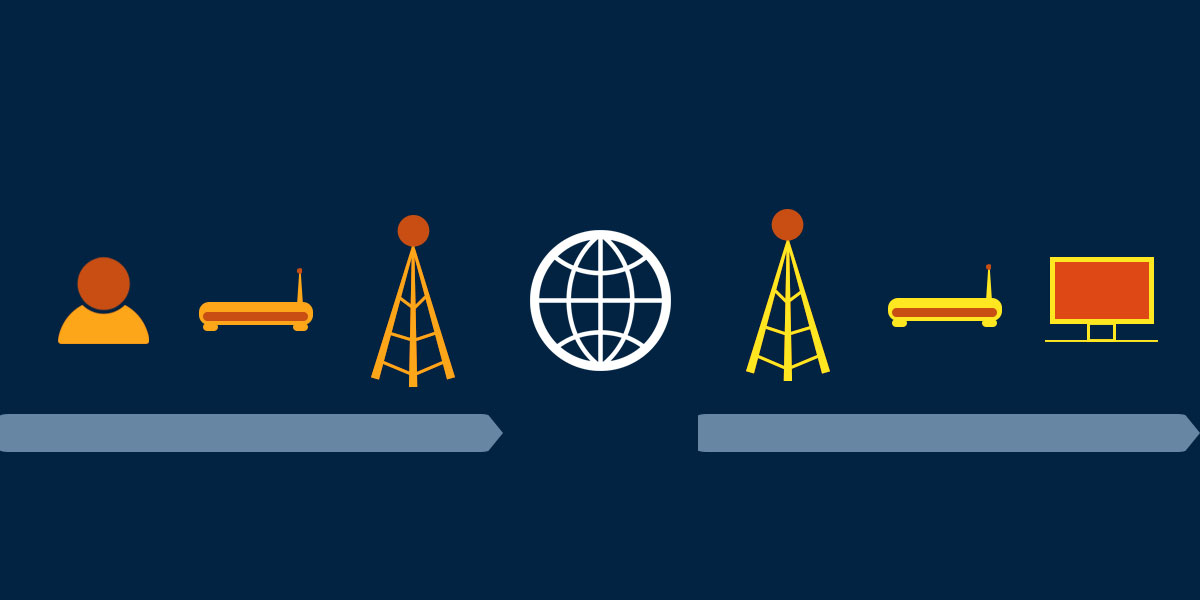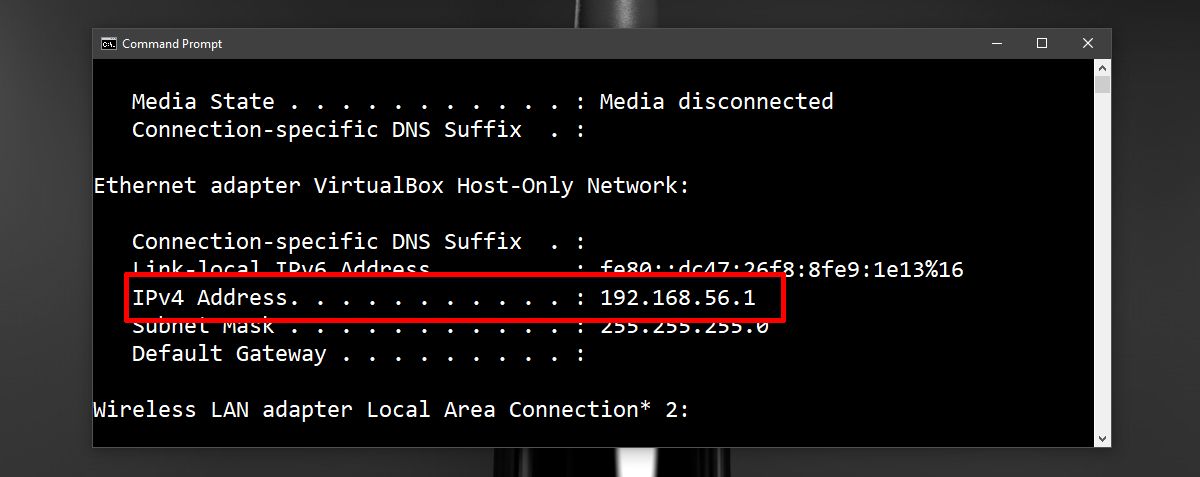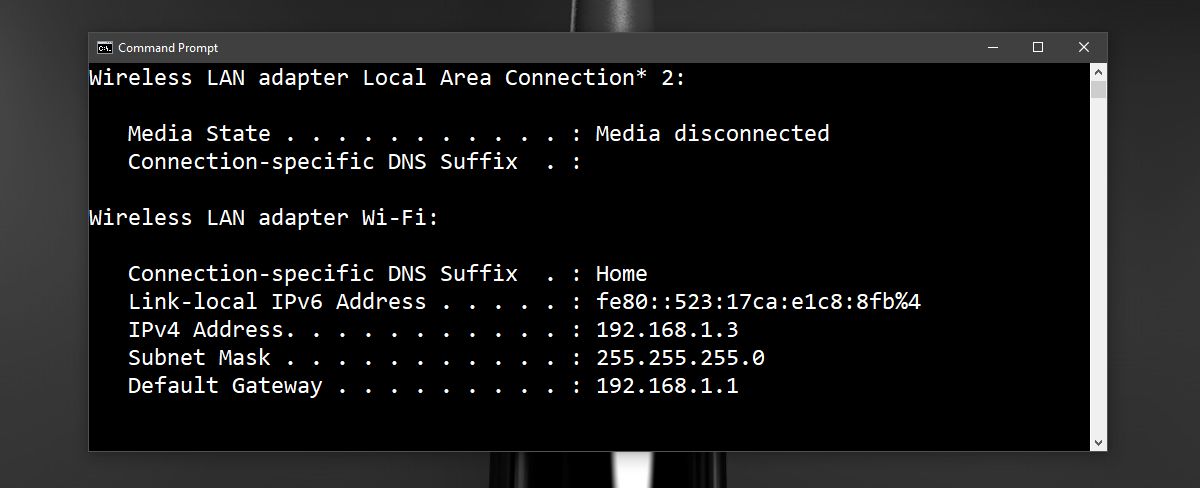192.168.0.1 – Default Router IP Address Explained
You probably know that your computer and your phone have an IP address. The IP address is used to identify you on the internet but the internet isn’t the only network you’re connected. You’re also connected to a private network through your router. Every other device connected to your router is part of this private network and within this network, every computer, phone, and tablet has its own private IP address.
Likewise, your router too has a private IP address within this network.
A very common default IP address for a router or a modem is 192.168.0.1 — you type this in a browser and you’re accessing the router’s or modem’s interface to make the changes you need.
Public vs Private IP Address
A private IP address is an IP assigned by a router to devices within a private network. These IPs cannot be accessed from outside the network. For example, your router and every device connected to it make up a private network. Computers that are connected to the same router can access each other but no one outside the network can access your computer via the private IP.
Inside a private network, the IP address assigned to each device is unique but other systems on other private networks outside your own can, and do have the same private IP address.
A public IP address is the IP address assigned to devices that are connected to the internet. This address is assigned by your ISP and no other system on the internet can have the same address. When you connect to the internet, you become part of a much bigger network that anyone can connect to. Your public IP is always visible unless you choose to hide it with a VPN service.
IP Address Standards
When IP addresses are assigned they follow a standard. The standard for IP addresses is defined by the Internet Assigned Numbers Authority (IANA). IANA has two standards for public IP addresses; IP version 4 aka IPv4, and IP version 6 aka IPv6.
An IPv4 address consists of a series of four numbers, separated by a dot. Each number may have 1-3 digits. They’re normally expressed in decimal numbers for example, the 192.168.0.1 IP address.
An IPv6 address consists of a series of eight numbers, each number being four digits long. Unlike the IPv4 address that’s expressed in decimal numbers, an IPv6 address is expressed in hexadecimal numbers.
These two different standards exist because there can only be 4 billion unique IPv4 addresses. Given we live in a world where even a refrigerator can connect to the internet, the need for more IP addresses is obvious, hence the IPv6 standard which can have up to 340 undecillion (that’s 36 zeros added to 340) addresses.
Reserved Private IP Addresses
IANA has reserved some IP addresses for private networks. We mentioned earlier that a private IP address is unique within the network it’s connected to but the same IP address can be assigned to a system on a different private network.
The number of reserved IP addresses for private networks is almost 18 million. They’re reserved in the following range;
- 10.0.0.0 – 10.255.255.255
- 172.16.0.0 – 172.31.255.255
- 192.168.0.0 – 192.168.255.255
The 192.168.0.1 IP address falls within this last range of reserved private IP addresses.
When you connect to the internet, you join a larger network. Your private network is still private and your private IP isn’t visible to anyone. When you go online, you connect through your router, which connects through your ISP. Your ISP will assign your router and your computer a public IP address.
When you access a website online, you’re essentially accessing that website’s public IP address. The website itself is connected to the internet through a router and an ISP. When you’re online, you have a public IP on the internet and a private IP within your network.

Finding Your Public IP Address
To find the public IP address for your computer, visit www.google.com and search for “my IP”. Google will tell you what your computer’s public IP is. You can do this on smartphones and tablets.
To find your router’s public IP address, you need to dig around in the administrative console of your router.
Finding Your Private IP Address
To find the private IP address for your computer:
- Press Windows start button and type Command Prompt. Run it.
- Enter ipconfig to display a list of all your computer’s connections.
The value for IPv4 is your private IP address.

To find the private IP address of your router, open command prompt and type “ipconfig”. Under wireless adapter, wifi, or LAN, look for the Default Gateway value. This is the private IP address of your router.


Many thanks for this article.
I used to wonder how come many routers get the same IP address 192.168.0.1
This gives clear idea about policy and private IPs and other related info